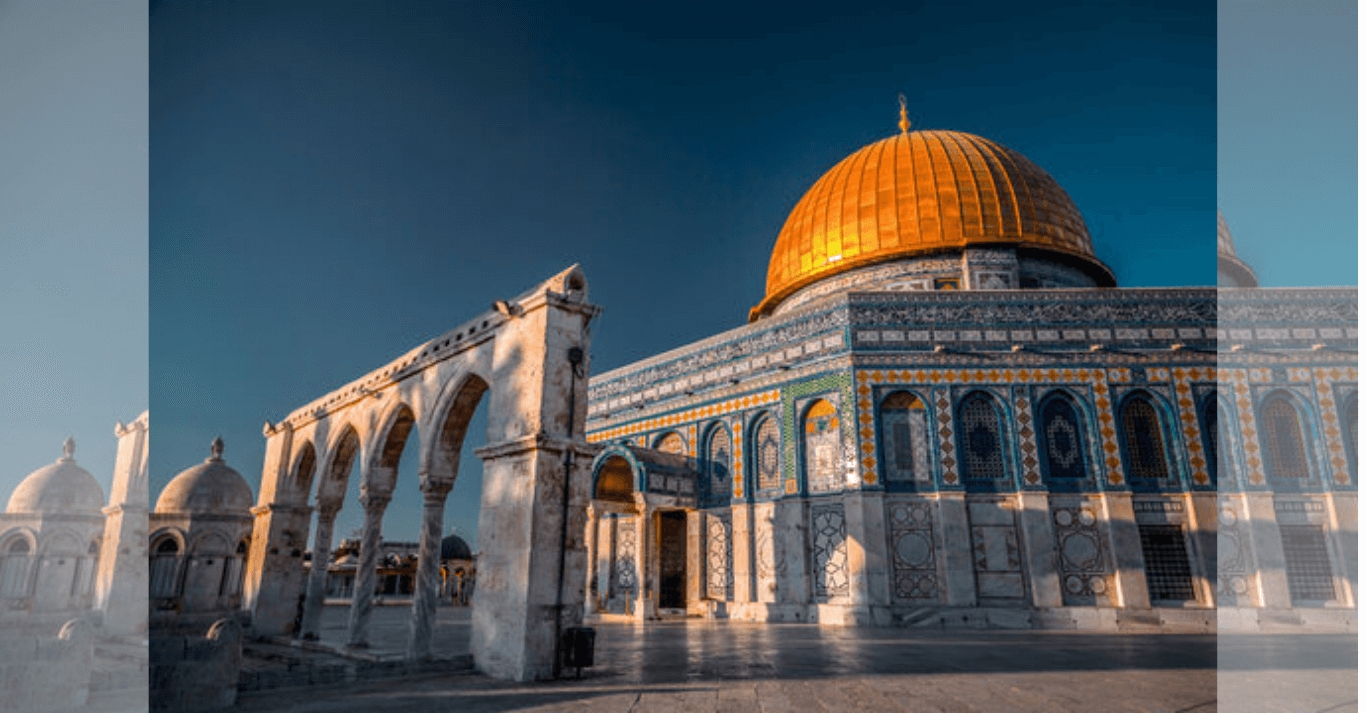Baitul Maqdis, also known as Al-Aqsa Mosque, is a significant symbol of unity and continuity in Islam. It is one of the three holiest sites in Islam, along with Masjid Al-Haram in Mecca and Masjid An-Nabawi in Medina. Baitul Maqdis is located in Jerusalem, Palestine, and is considered the first Qibla (direction of prayer) for Muslims. In this article, we will explore the whole significant details of Baitul Maqdis.
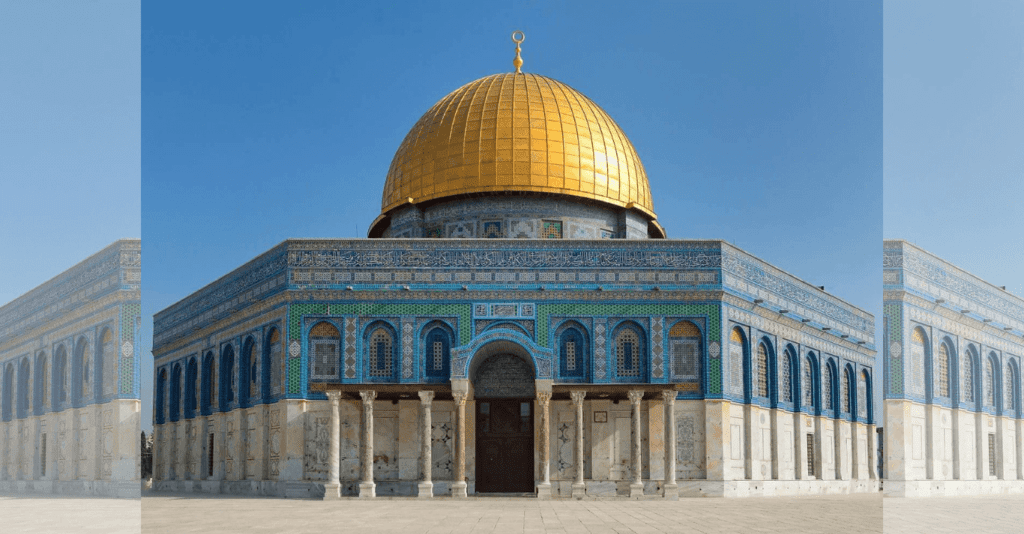
A Brief History of Baitul Maqdis
Baitul Maqdis, or the “Farthest Mosque,” is a holy site located in the heart of Jerusalem, Palestine. Islam considers it one of the most sacred places, along with Mecca and Medina. For centuries, Baitul Maqdis has been a center of worship and pilgrimage for Muslims around the world. As well as a site of great religious significance for Jews and Christians.
The history of Baitul Maqdis is rich and complex, dating back over 3,000 years. According to Islamic tradition, the site was first built by the prophet Adam as a place of worship. Later, the prophet Ibrahim and his son Ismail rebuilt Baitul Maqdisand established the Kaaba in Mecca. The site was then visited by many prophets, including Dawud (David) and Sulayman (Solomon), who built the first Temple of Jerusalem on the same site.
Over the centuries, the Temple of Jerusalem was destroyed and rebuilt several times. It was most notably by the Babylonians in 586 BCE and by the Romans in 70 CE. In 637 CE, Muslim armies led by the Caliph Umar captured Jerusalem. And established the first Muslim presence on the site of Baitul Maqdis. The Umayyad Caliphate later built the Dome of the Rock and the Al-Aqsa Mosque on the site. This makes it the third holiest site in Islam after Mecca and Medina.
Today, Baitul Maqdis remains a site of great religious and cultural significance, attracting millions of visitors every year. Let’s explore the wonders of this great site and its importance to Muslims around the world.
The Significance of Baitul Maqdis in Islam
Baitul Maqdis is one of the most significant places of worship for Muslims around the world. For Muslims, Baitul Maqdis symbolizes the unity of Islam and the continuity of prophethood. It is located in the Old City of Jerusalem. It has been a site of great historical and religious importance for centuries.
The Prophet Muhammad (peace be upon him) was transported from the Masjid al-Haram in Mecca to Baitul Maqdis during his Night Journey. It is believed to be the site where the Prophet Muhammad ascended to heaven on the Night Journey, also known as Isra and Miraj. According to Islamic tradition, the Prophet was transported from the Kaaba in Mecca to Baitul Maqdis on a winged horse called Buraq. Where he led the other prophets in prayer before ascending to heaven to receive revelations from Allah.
The Al-Aqsa Mosque was built in 705 CE and has since been a place of pilgrimage for Muslims.
Muslims celebrate this event every year during the month of Rajab, as part of the festival of Isra and Miraj. Muslims also believe that Baitul Maqdis will be the site of the final battle between good and evil. And that the righteous will be resurrected there on the Day of Judgment.
The Historical and political significance
The significance of Baitul Maqdis lies not only in its religious importance but also in its historical and political significance. The mosque has been at the center of conflict between Israel and Palestine for many years, with both sides claiming ownership of the site.
Despite the political turmoil, Baitul Maqdis remains a symbol of hope and unity for Muslims around the world. Muslims believe visiting the mosque and offering prayers there can bring great blessings and rewards.
In addition to its religious significance, Baitul Maqdis is also a center for Islamic education and scholarship. Many prominent scholars and thinkers have studied and taught at the mosque over the years, contributing to the Muslim world’s rich intellectual and cultural heritage.
Baitul Maqdis holds immense significance for Muslims around the world. It is a place of great historical, religious, and political importance. We also know that visiting the mosque consider a blessed and sacred act. Despite the ongoing conflict in the region, the mosque remains a symbol of hope and unity for Muslims everywhere.
The Architecture of Baitul Maqdis
The architecture of Baitul Maqdis is a blend of Islamic, Jewish, and Christian influences, reflecting the complex history of the site. The most famous structure on the site is the Dome of the Rock, a magnificent octagonal building with a gold-plated dome. The Umayyad Caliphate built the Dome of the Rock in the 7th century. It is believed to be the site where the Prophet Muhammad ascended to heaven.
Another essential structure on the site is the Al-Aqsa Mosque, which is the third holiest site in Islam after Mecca and Medina. The Umayyad Caliphate built the mosque in the 8th century. Muslims believe it to be the site where the Prophet Muhammad led the other prophets in prayer during his Night Journey.
Baitul Maqdis is an iconic religious site located in Jerusalem, Palestine. The architecture of Baitul Maqdis is a unique blend of different styles and influences that have evolved over centuries of history.
The mosque’s current structure dates back to the early Islamic period and has undergone several renovations and expansions over time. The central prayer hall is designed with a large dome and two smaller domes that are supported by columns and arches. The intricate geometric patterns, calligraphy, and ornate decoration on the walls and ceilings are a testament to the skill of the craftsmen who built this masterpiece.
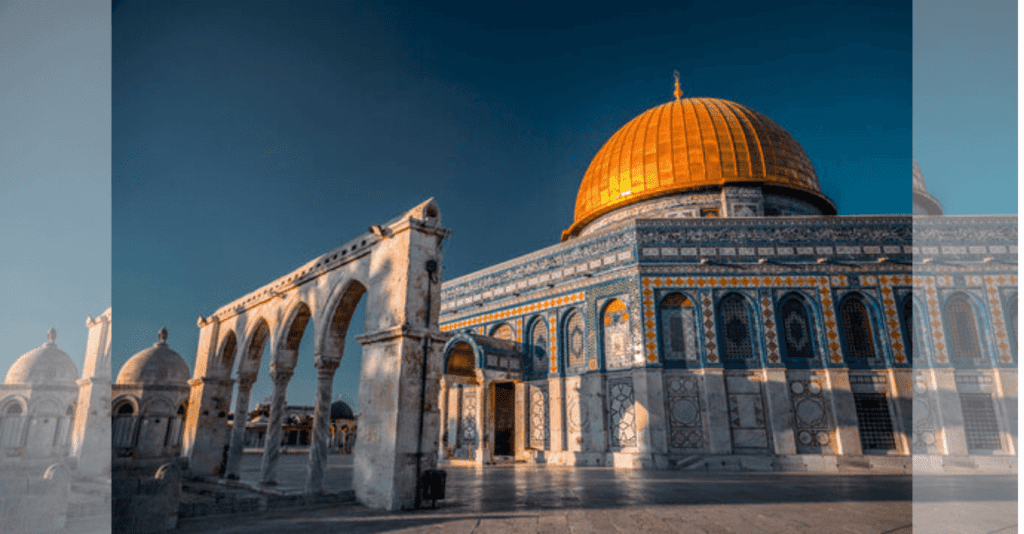
History and architecture
The architecture of Baitul Maqdis also incorporates elements from different cultures and religions. The arches and columns are reminiscent of Roman architecture, while the ornate decoration and calligraphy reflect Islamic art. The blue tiles on the roof and the dome are typical of Ottoman Turkish influence.
The site’s history and architecture have made it a significant symbol of religious and cultural identity for Muslims worldwide. Visitors to Baitul Maqdis can appreciate the exquisite beauty and grandeur of its architecture while also learning about the site’s rich history and significance.
The architecture of Baitul Maqdis is a unique blend of different styles and influences that reflect the rich cultural heritage of the region. The mosque’s intricate design, decorations, and historical significance make it an important religious and cultural site in the world.
The feature of Baitul Maqdis
The first feature of Baitul Maqdis is its unique architecture. The mosque has a distinct design that reflects its rich history and cultural significance. The mosque’s dome and minarets are visible from afar, making it a prominent landmark in Jerusalem. The interior of the mosque is adorned with intricate decorations and calligraphy, which adds to its beauty and grandeur.
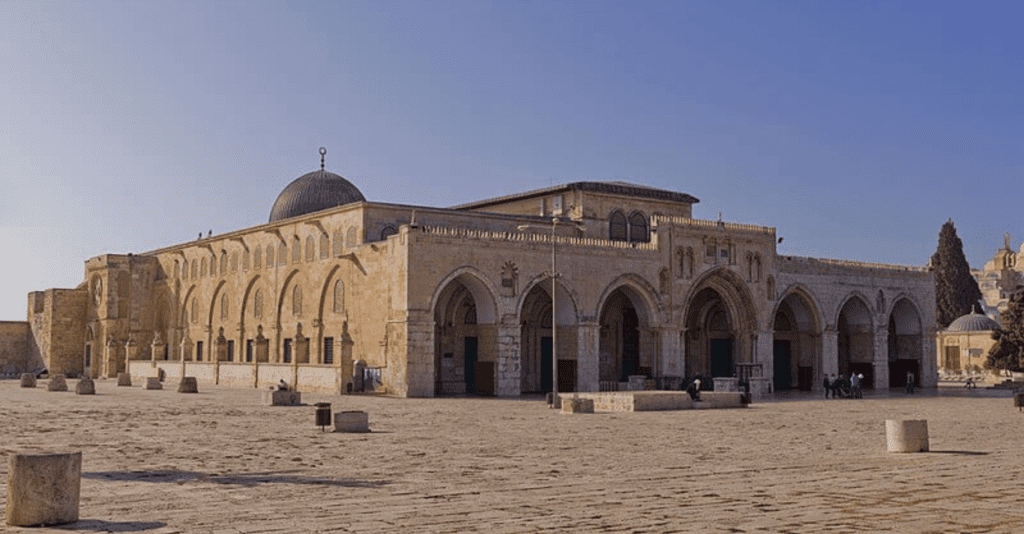
Another feature of Baitul Maqdis is its historical significance. The mosque is located in the old city of Jerusalem, which has been a center of religious and cultural significance for centuries. The city is home to many historical and religious sites. It’s including the Western Wall, the Church of the Holy Sepulchre, and the Dome of the Rock. Baitul Maqdis is an integral part of this cultural landscape and reflects the deep cultural and religious ties between Muslims, Jews, and Christians.
Dome of the Rock
The Dome of the Rock is an architectural masterpiece, that blends different styles of Islamic, Byzantine, and Roman art and architecture. The construction of the Dome of the Rock was completed in just seven years. It is one of the most impressive feats of engineering and architecture of its time. The building is octagonal in shape, with each side measuring approximately 60 feet in length. The dome itself is 20 meters in diameter. Architecture engineers made it gold-plated aluminum, giving the structure its iconic golden hue.
The exterior of the Dome of the Rock is decorated with intricate mosaics and calligraphy. It depicts various verses from the Quran and other Islamic texts. The interior of the dome is equally impressive, with a series of arches and columns, adorned with richly colored mosaics and intricate geometric designs.
The Western Wall
The Western Wall of Baitul Maqdis, also known as the Wailing Wall, is a revered religious site in Jerusalem, Israel.
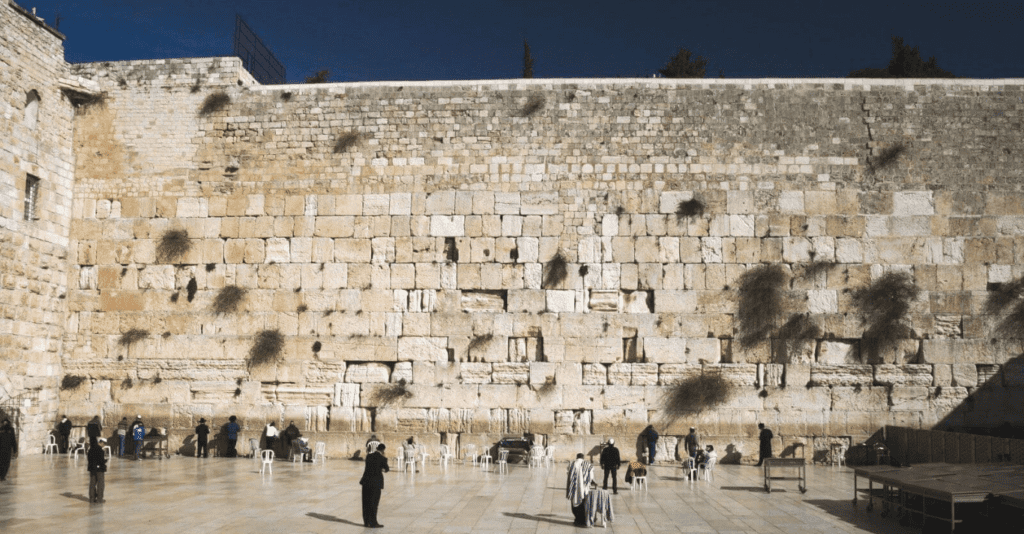
For centuries, Jews also believe the Western Wall has been a place of prayer and pilgrimage for Jews from all over the world. Jews have considered it to be the holiest site for them. They are believed to be the closest physical location to the Holy of Holies, the most sacred space in the Jewish faith.
Visitors to the Western Wall can see thousands of handwritten notes wedged into the cracks of the wall, which are prayers and requests to the Lord. It is customary for visitors to write their own notes. It inserts them into the wall as a way of connecting with the Lord.
Conclusion
Baitul Maqdis is a sacred site that holds immense religious significance for Muslims around the world. As the third holiest site in Islam. It serves as a symbol of faith, devotion, and unity for the global Muslim community.
Baitul Maqdis, also known as the Al-Aqsa Mosque, is located in the heart of Jerusalem. It has a rich history dating back to ancient times. Despite being subject to political and religious conflicts throughout history, It remains a symbol of hope and resilience for the Muslim community.
As a popular pilgrimage site, Baitul Maqdis attracts millions of visitors every year from around the world, who come to offer prayers and seek spiritual enlightenment. In addition to its religious significance, Baitul Maqdis also holds immense historical and architectural value, with its stunning dome, intricate carvings, and majestic arches.
In recent years, Baitul Maqdis has faced various challenges, including political tensions and restrictions on access for worshippers. However, despite these challenges, the Muslim community remains committed to protecting and preserving this sacred site for future generations.
Final thought
Baitul Maqdis is a symbol of faith, hope, and resilience for the global Muslim community. Its religious, historical, and architectural significance makes it a unique and cherished site. All efforts must be made to protect and preserve it for generations to come. By understanding the importance of Baitul Maqdis and its history, we can gain a deeper appreciation for the role it plays in the lives of millions of people worldwide.

